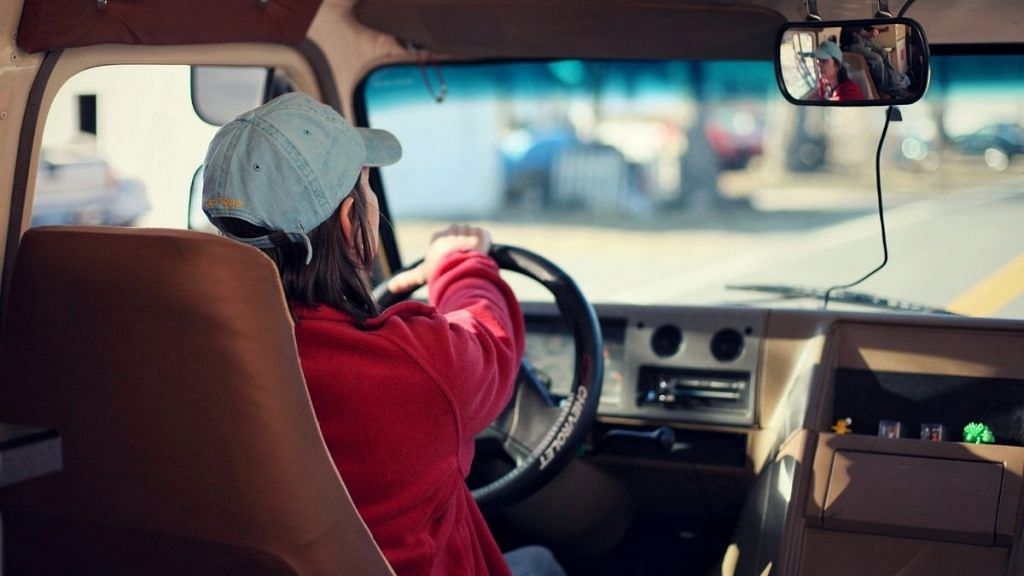Indian roads are among the deadliest in the world, with the largest number of deaths. Despite a dip during the pandemic, statistics from the National Crime Records Bureau indicate that road fatalities, over the past few years, have hovered around 150,000 annually. In 2019, NCRB recorded over 154,732 deaths on Indian roads.
Of these, 83.2 per cent of deaths were caused by either over-speeding or ‘rash and dangerous’ driving. The NCRB report, in its break-up of causes of road deaths in India, mentions the third largest cause as ‘other causes’. Blaming the driver is nothing but shoddy investigation since there isn’t much evidence to prove if the vehicle was being driven badly. It is merely a probability that seems believable given how Indians drive. As such, the Supreme Court Committee on Road Safety has insisted that all mass casualty road accidents be investigated thoroughly to find the root cause. It’s imperative to do that because almost every day, we find a story about an accident where ten or more people died, usually buried in page 5 or 6 in a newspaper.
With 500 deaths on our roads daily, India has become desensitised to road accidents. And road transport minister Nitin Gadkari seems determined to do something about it.
His ministry has ordered some changes in existing guidelines related to road safety and accidents. For instance, changes to insurance norms, ensuring victims get coverage for injury or death and ordering new safety measures on all vehicles. Passenger vehicles will soon have six airbags, while motorcycles will need a combined braking system.
While these steps are laudable, there is much of a slip between the cup and the lip. The promotion of e-rickshaws that lack even basic safety norms, overloaded Omnis carrying schoolchildren, and the government’s inability to enforce basic safety norms like wearing helmets and seat belts will only render these new safety measures a moot point.
Also read: Whose driving data is it? Ola e-scooter accident in Assam triggers privacy controversy
Lousy eyesight and road accidents go hand-in-hand
There is another problem that leads to a large number of accidents but one that the NCRB and the ministry do not talk about. It is something that anyone can experience. Just look around you; how many of your adult family members and friends wear corrective eyewear or lenses? Maybe one in three and, in some cases, half or more. In fact, according to Anshu Taneja, Managing Director – India, VisionSpring Foundation, the spread of backlit electronics has meant that we are in the middle of a myopia epidemic, and about one in two adults needs some sort of corrective eyewear.
How many commercial vehicle drivers wear glasses? If you keep a driver in your family, have they had their eyes checked? A few years ago, a leading automobile manufacturer conducted an eyecare camp at the Delhi airport. They found that one in three drivers needed urgent vision correction. Another manufacturer that conducted tests on truck drivers as part of a safety audit a year ago said that not only half the drivers needed glasses, but that five per cent of them were experiencing the onset of cataract. As a result, this manufacturer now makes it mandatory for truck drivers to have annual eye exams and wear glasses if required.
The problem, according to Taneja, is largely psychological. In its 25 lakh tests annually over the past few years, the VisionSpring Foundation found that over 40 per cent of those tested needed corrective glasses. “Our mission is to make sure as many people who live under $4 a day get access to corrective glasses as possible. But it is not an affordability issue, as you can get a basic set of prescription spectacles for Rs 300-350. The problem is that many people, particularly those who work as drivers, feel that wearing glasses is a sign of weakness,” Taneja said.
Commercial licence holders are required to get their licences renewed every three years, and while licence renewal, even for private vehicle owners, requires a doctor to certify good eye health, this is just an eyewash.
Taneja says that his foundation is working with the corporate sector to insist that drivers who operate trucks and buses for them and even their employees get frequent eye examinations. “We have distributed over one million spectacles to people across India. In fact, we are now moving towards making both the frames and lenses as part of the ‘Make In India’ programme.”
But this is also something you can request of those around you. Whether it is the auto or taxi driver you use, if they are hunched over the steering wheel struggling to look out or dazzled by high-beam lights at night, ask them if they got their eyes checked. State governments must start ensuring that eye examinations take place at Regional Transport Offices’ licence centres and that drivers of state transport undertaking buses get frequent eye examinations. Perhaps, the forensic studies that the Supreme Court committee is insisting on should also conduct a post-mortem examination of the eyes of those who drove the vehicles involved in accidents.
@kushanmitra is an automotive journalist based in New Delhi. Views are personal.
(Edited by Zoya Bhatti)
